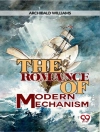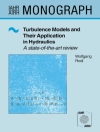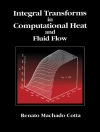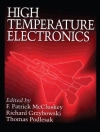This book brings together an emerging consensus on our understanding of the complex functional materials including ferroics, perovskites, multiferroics, CMR and high-temperature superconductors. The common theme is the existence of many competing ground states and frustration as a collusion of spin, charge, orbital and lattice degrees of freedom in the presence of disorder and (both dipolar and elastic) long-range forces. An important consequence of the complex unit cell and the competing interactions is that the emergent materials properties are very sensitive to external fields thus rendering these materials with highly desirable, technologically important applications enabled by cross-response.
Tabla de materias
Ferroics and multiferroics.- Principles of complexity in materials physics.- Understanding glassy phenomena in materials.- Soft electronic matter.- Hysteresis and avalanches.- High resolution visualization techniques: Structural aspects.- High resolution visualization techniques: Magnetic aspects.- Strain glasses and martensites.- Defects in ferroelectrics.- First principle calculations.- Nanoscale strain textures and interfaces: Magnetic Martensites.- Neutron scattering and shuffle based transitions: Precursor phenomena in magnetic materials.- Magnetostructural coupling and magnetocaloric properties in Heusler shape-memory alloys.- Ni-Mn-X Heusler materials.- Precusor nanoscale textures in martensites and magnetic materials.- Conclusion and future directions.
Sobre el autor
Prof. Kakeshita is a leading researcher in the discipline of physical properties under extreme conditions. He also is the leader of a Global COE program, which is competitive educational program for Ph D course student supported by the Japanese government. Dr. Fukuda is a distinguished researcher in the field of martensitic transformation. Prof. Planes and Dr. Saxena have previously been co-editors of a Springer book on ‘Magnetism and Structure in Functional Materials’.












